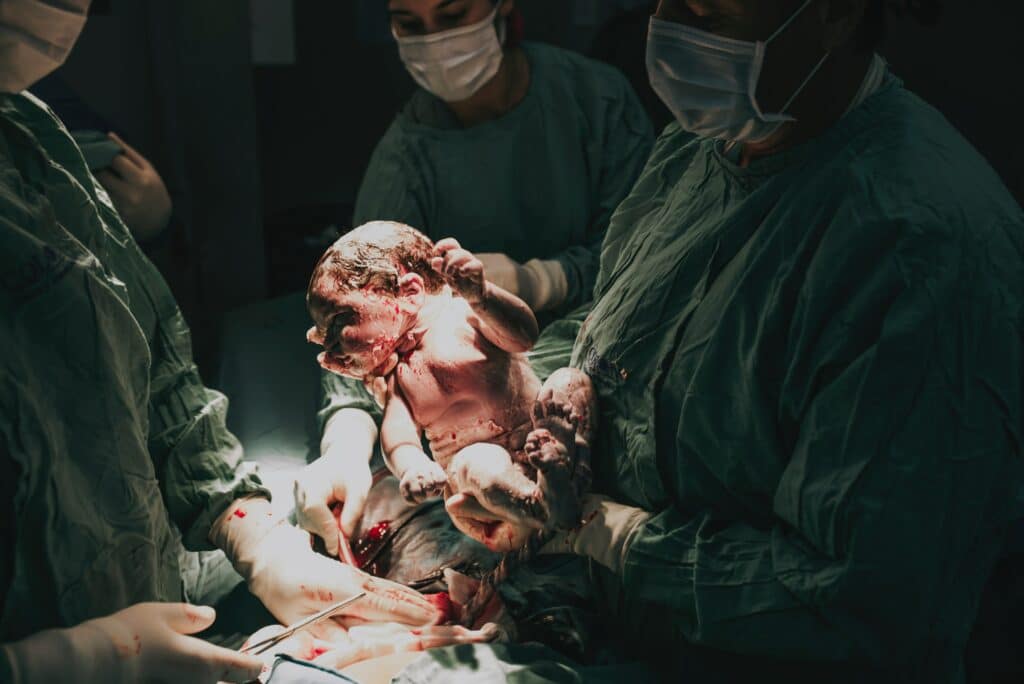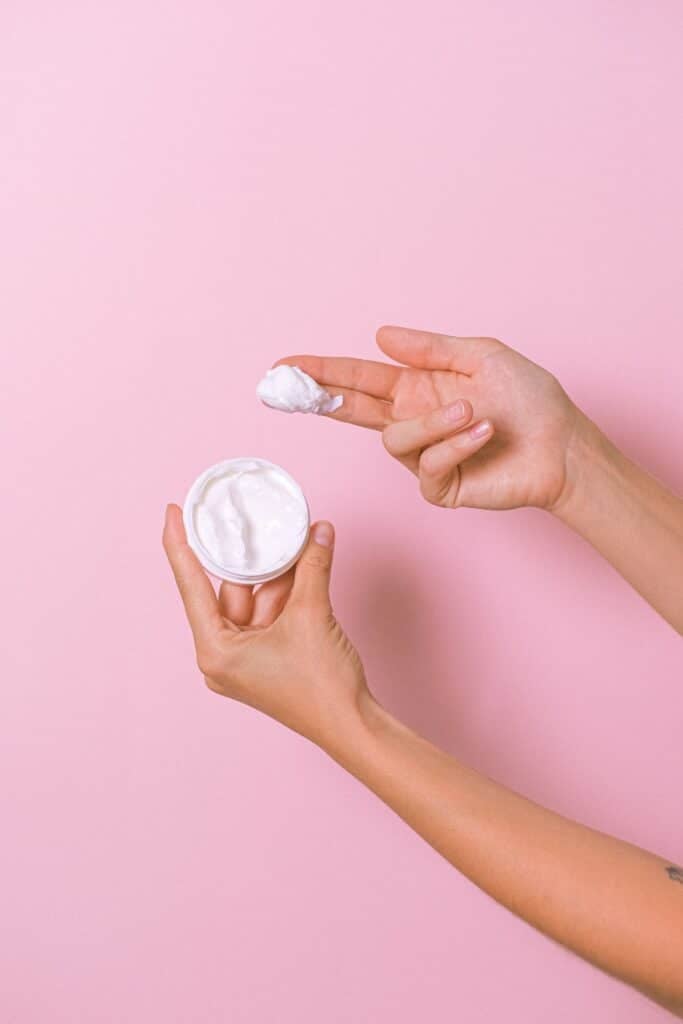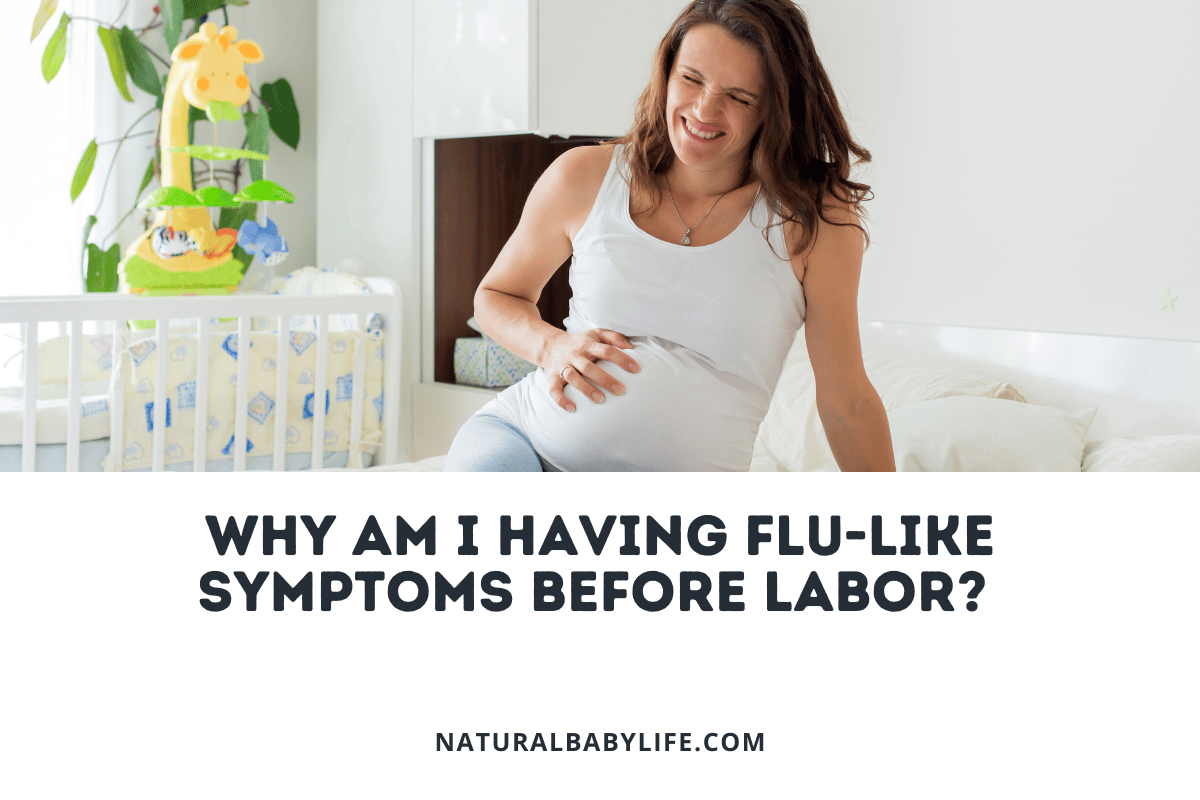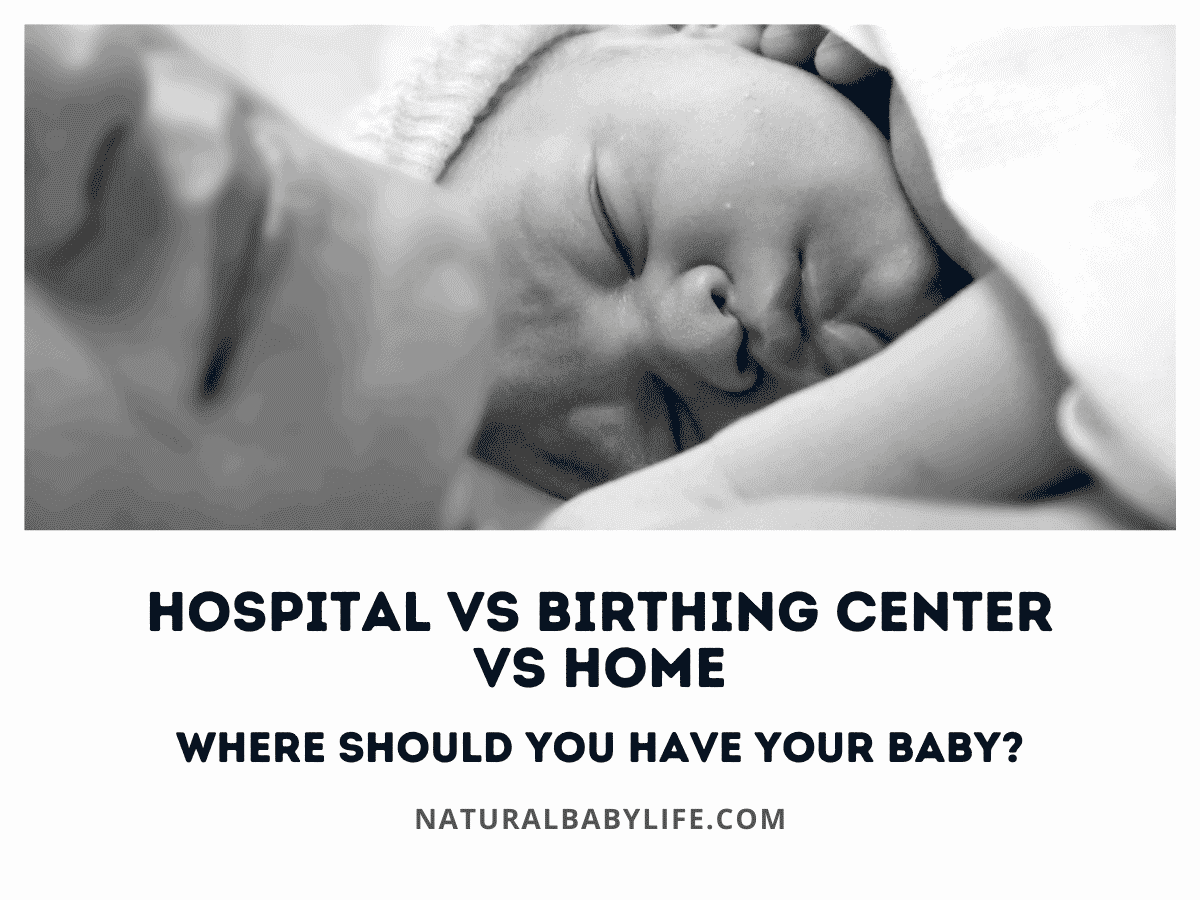Your body experiences many changes during pregnancy and for several weeks postpartum. Some you may have been expecting but others may have been a complete surprise. It can be concerning to see a rash on stomach after C-section.
Stress, hormones, immune responses, and allergies can all play a role in how your body responds postpartum. A rash on your stomach after a C-section is normal and can be caused by hives, allergic reactions, dermatitis, heat rash, or PUPPP. Discomfort from these rashes can be treated with anti-inflammatory creams, steroids, or antibiotics.
Read on to learn what may cause a rash on your stomach after a C-section, how long it will last, and how to relieve the itching. You’ll also learn why these rashes occur and when it’s important to seek medical treatment for them.
Table of Contents
Why is your stomach so itchy after a C-section?
For many, there are a lot of discomforts that go with pregnancy and for several weeks postpartum especially after a C-section. Hormones tend to wreak havoc and create new ways that your body reacts to even the most mundane things.
After your C-section, you may notice some intense itching on your stomach. There can be several causes of itching after a C-section. It may be due to hives, an allergic reaction, or even a new allergy you’ve developed during pregnancy. Itching can also be a common occurrence during the healing process at your incision site.
We’ll investigate some of the more common causes of an itchy stomach after a C-section below and suggest some treatments you can use to relieve itching and discomfort at home.
Is it normal to get a rash on stomach after C-section?
A rash on your stomach after a C-section is a normal occurrence. Depending on the specific cause, a rash during or after pregnancy can occur in 1% to 20% of women. These rashes usually last a few weeks postpartum with no scarring. It’s best to talk with your healthcare professional to determine the exact cause and the best treatment for healing.

What helps a rash on your stomach after a C-section
As you will see in the sections below, there are many reasons you could develop a rash on your stomach after a C-section. The treatments to relieve the symptoms of the rash will depend on the specific cause.
There are many ways to help soothe a rash on your stomach after a C-section. However, it’s important to determine the cause and identify any signs of possible infection to receive the proper treatment that is safe for both you and your baby.
If you have a rash on your stomach after a C-section, you should first consult your healthcare provider.
What causes a red, itchy, or spotty rash on your belly after a C-section
It’s important to consult with your healthcare professional if you have a red, itchy, or spotty rash on your belly after a C-section. Most rashes that occur postpartum can be caused by stress, allergies, hormones, or an overactive immune system.
However, there are a few rashes that can indicate serious underlying health conditions.
Below is a list of the most common causes of red, itchy, or spotty rashes on your belly after a C-section. There are also some suggestions for things you can do to relieve mild to moderate symptoms safely.
Postpartum hives
Hives or urticaria is an outbreak of itchy, pale red, or light-colored welts on the skin. The most common cause of hives is an allergic reaction to common environmental factors, foods, and medications.
Normal treatment
The most common treatments for hives are antihistamines, topical steroid creams, or in severe cases oral corticosteroids to relieve the itching. You should also try to identify and avoid triggers whenever possible.
Allergic reaction
After a C-section, it’s possible to develop a red, intensely itchy rash from a mild allergic reaction to either the antibiotics, pain medications, or antiseptics used during your procedure. The rash develops within hours after surgery and can occur around the waist, abdomen, back, and thighs.
Allergic reactions associated with the C-section procedure aren’t very common. However, it is important that your healthcare team is aware of any allergies you have or have recently developed before you go into the hospital for delivery.
Normal treatment
Rashes from allergic reactions to drugs or antiseptics used during a C-section generally resolve on their own after 3 to 6 days once the drug has been processed and eliminated by your body. As with other mild rashes, a rash caused by an allergic reaction can be treated with antihistamines and topical or oral steroids.
Severe allergic reactions are life-threatening and include throat tightness, trouble breathing, dizziness, and wheezing. Severe reactions require immediate medical attention.
Dermatitis
Dermatitis is an inflammation of the skin with a bumpy red rash that is intensely itchy. It accounts for 30% to 50% of all skin rashes during pregnancy and occurs most often on the extremities, neck, and face.
Dermatitis most often occurs early in pregnancy, and only about 10% of cases occur postpartum. Immune responses and hormonal changes are two possible underlying causes for developing dermatitis both during pregnancy and postpartum. Other triggers can include stress and allergies to many things that cause the skin to become overly reactive.
Watch out for food allergies or other environmental sensitivities you may develop to detergents, perfumes, lotions, or other common household irritants. Stress can also be a trigger for dermatitis. Try to notice what may have triggered an outbreak and try to limit your exposure to it.
Normal treatment
Treatments for dermatitis are similar to most other rashes that can arise during pregnancy. Some suggestions include:
- Take warm, not hot baths and avoid harsh soaps.
- Apply over-the-counter topical steroid creams as directed to soothe itching.
- Apply lotions or other emollients often, especially after bathing.
- Apply ice to the affected area instead of scratching.
- Drink more water to hydrate your skin from the inside out.

In more severe cases, your healthcare provider may prescribe additional treatments such as stronger oral or topical steroids or even antibiotics in some cases.
If you have a history of pre-pregnancy dermatitis or eczema, you should consult your healthcare professional before using any creams or treatments you used pre-pregnancy. Some of those treatments can be harmful to the fetus or be transferred to your baby through breastfeeding.
Heat or sweat rash
Heat rash or sweat rash presents as an itchy red, inflamed rash with blister-like lesions. It occurs when sweat has been trapped deep in the skin by a blockage of the sweat glands. It affects areas of the body where excess sweating is likely such as skin folds.
After a c-section, heat rash can develop in the crease where the bulge of your lower abdomen rubs against the top of the pubic area. It can also develop beneath the breasts, on the inner thighs, in the armpits, and the crease of your elbows. Heat rash most often happens during the hot, humid months from excessive perspiration and friction.
Normal treatment
Heat or sweat rash is usually just an uncomfortable irritation. Like most rashes during and after pregnancy, they can be treated in several ways.
The best ways to treat heat or sweat rash are:
- Wear loose-fitting, cotton clothes to increase airflow and minimize sweating and friction.
- Turn on a fan or air conditioning to avoid overheating and excessive sweating.
- Take a warm bath with oatmeal to soothe inflammation.
- Apply calamine lotion to relieve itching and temporarily cool your skin.
- Apply hydrocortisone cream to soothe itching.

Heat rash normally clears on its own. If the rash is near your incision site, it’s best to check with your healthcare professional to ensure the rash or incision site doesn’t become infected. If this occurs, your doctor may need to prescribe an antibiotic.
PUPPP rash
PUPPP rash (Pruritic Urticarial Papules and Plaques of Pregnancy) is a skin rash occurring in the third trimester of pregnancy. It is characterized by intensely itchy raised red bumps or patches that usually begin in the stretch marks of the stomach and can extend to the arms, legs, back, and buttocks. PUPPP occurs in about 1 in 150 pregnancies.
PUPPP (also known as Polymorphic Eruption of Pregnancy or PEP) is often misdiagnosed as an allergic reaction. Some practitioners may order a skin biopsy to confirm the diagnosis if initial treatment isn’t effective. It is not contagious or dangerous to you or your baby.
Postpartum occurrences of PUPPP are rare, but sometimes they can appear a few days after delivery. It can last from 2 to 6 weeks and is more often seen in pregnancies with multiple fetuses.
It’s believed that PUPPP may be an inflammatory immune response to rapid weight gain at the end of pregnancy. Possibly due to increased blood supply and damaged collagen when the skin expands dramatically. Hormonal changes may also play a role since higher progesterone levels are often present.
PUPPP may only occur during the first pregnancy, but there is a slight risk for a milder case in subsequent pregnancies. It’s believed to mostly occur in first pregnancies because the body may present a weaker immune response to the damaged tissue during subsequent pregnancies.
Normal treatment
PUPPP, like most pregnancy and postpartum rashes, is normally treated with topical steroid creams and oral antihistamines. These treatments can help improve symptoms and shorten the overall recovery time. Short courses of oral steroids may be prescribed for severe cases.
Other ways to help you relieve the intense itching:
- Take cool baths with oatmeal or baking soda.
- Regularly apply moisturizing creams or emollients.
- Choosing loose cotton clothing.
Avoid using creams or bath additives that include retinol, salicylic acid, tropic acid, or vitamin A as these may further irritate your rash. It’s also recommended to avoid lotions and bath additives with perfumes or dyes.
Conclusion
Most causes of a stomach rash after a c-section are mild, and you can treat the symptoms. However, in rare cases, rashes can indicate an allergic reaction to some material or medicine used during the c-section itself or during your recover.
Because allergic reactions can be so serious–even fatal–you should notify your care provider or seek medical attention.










